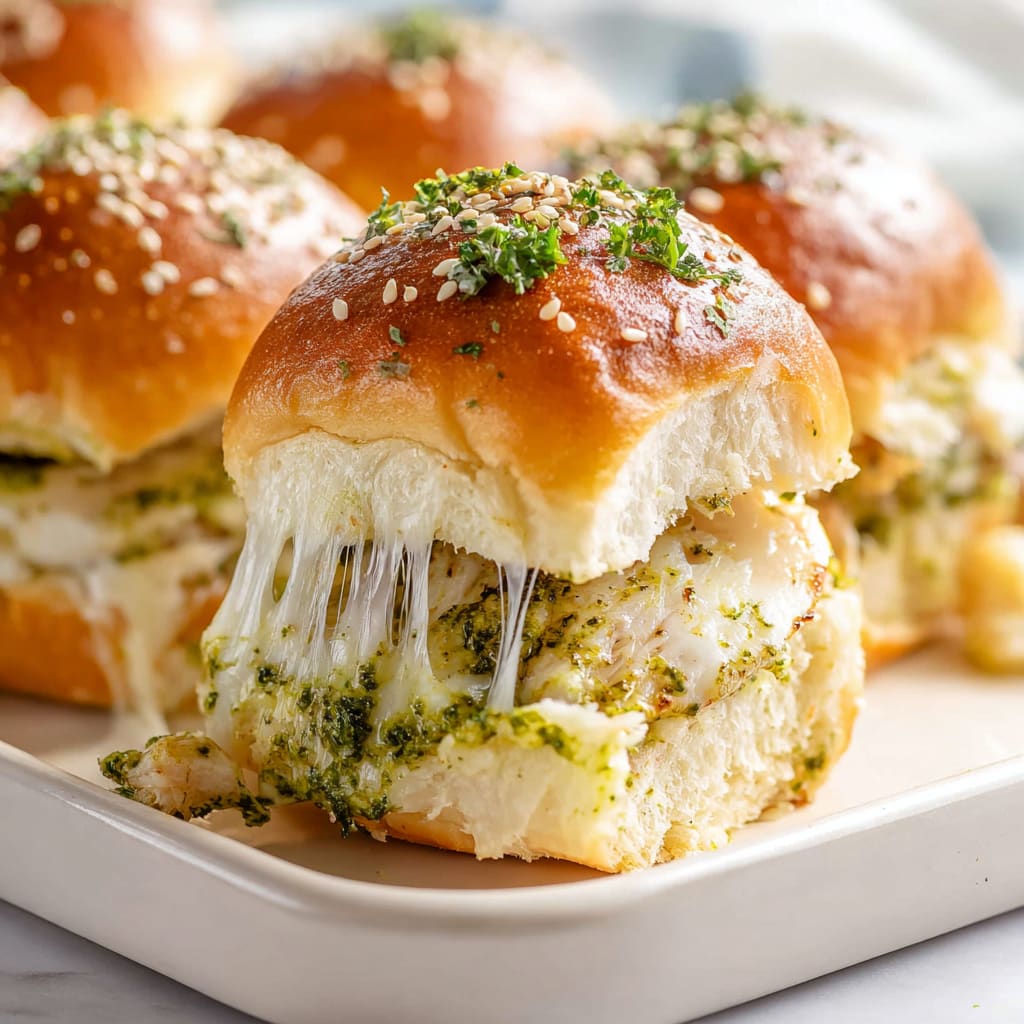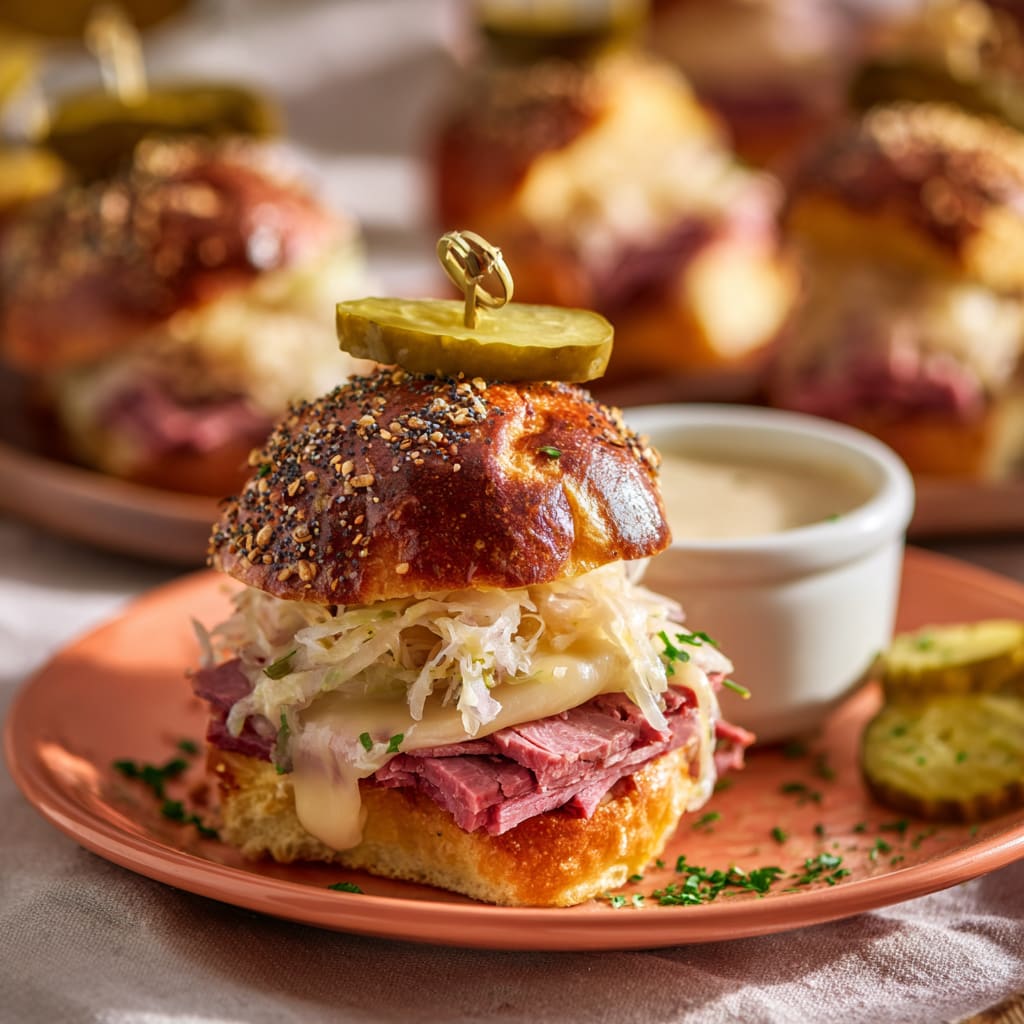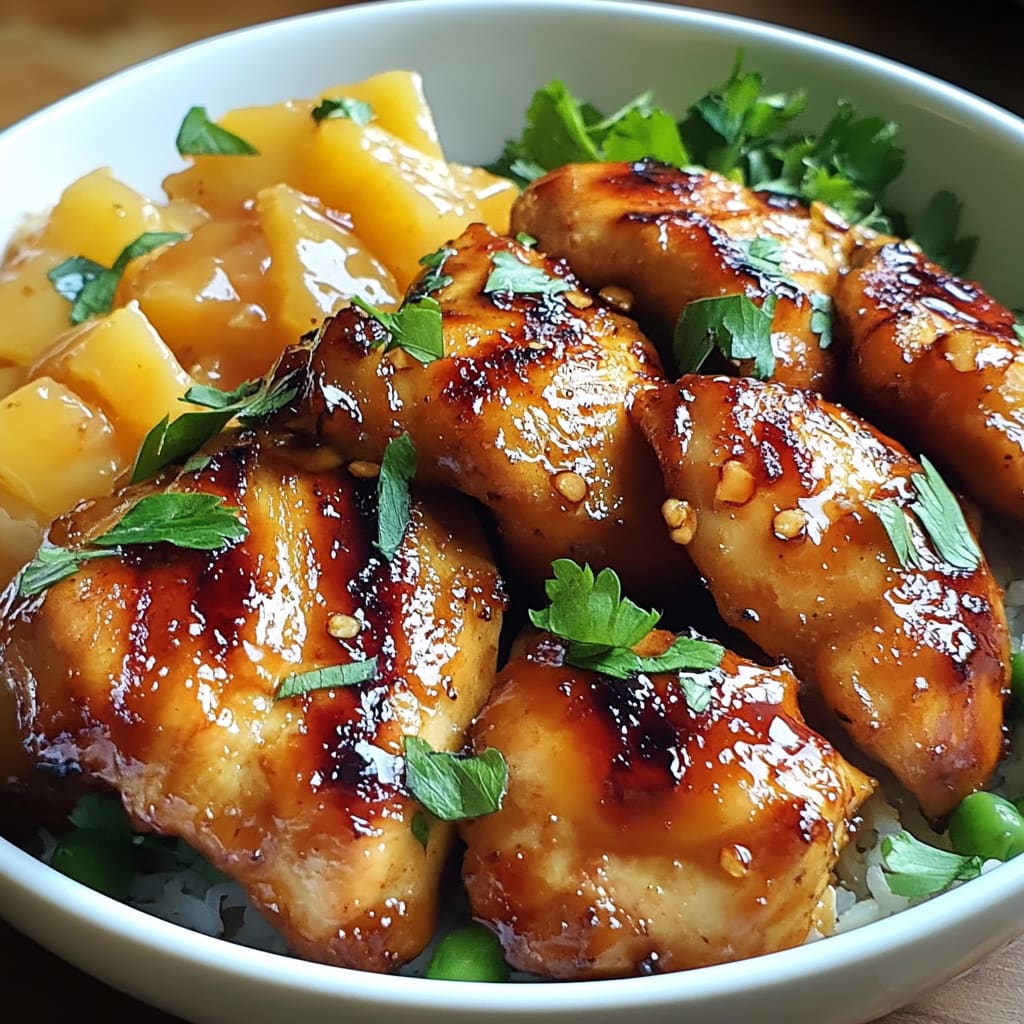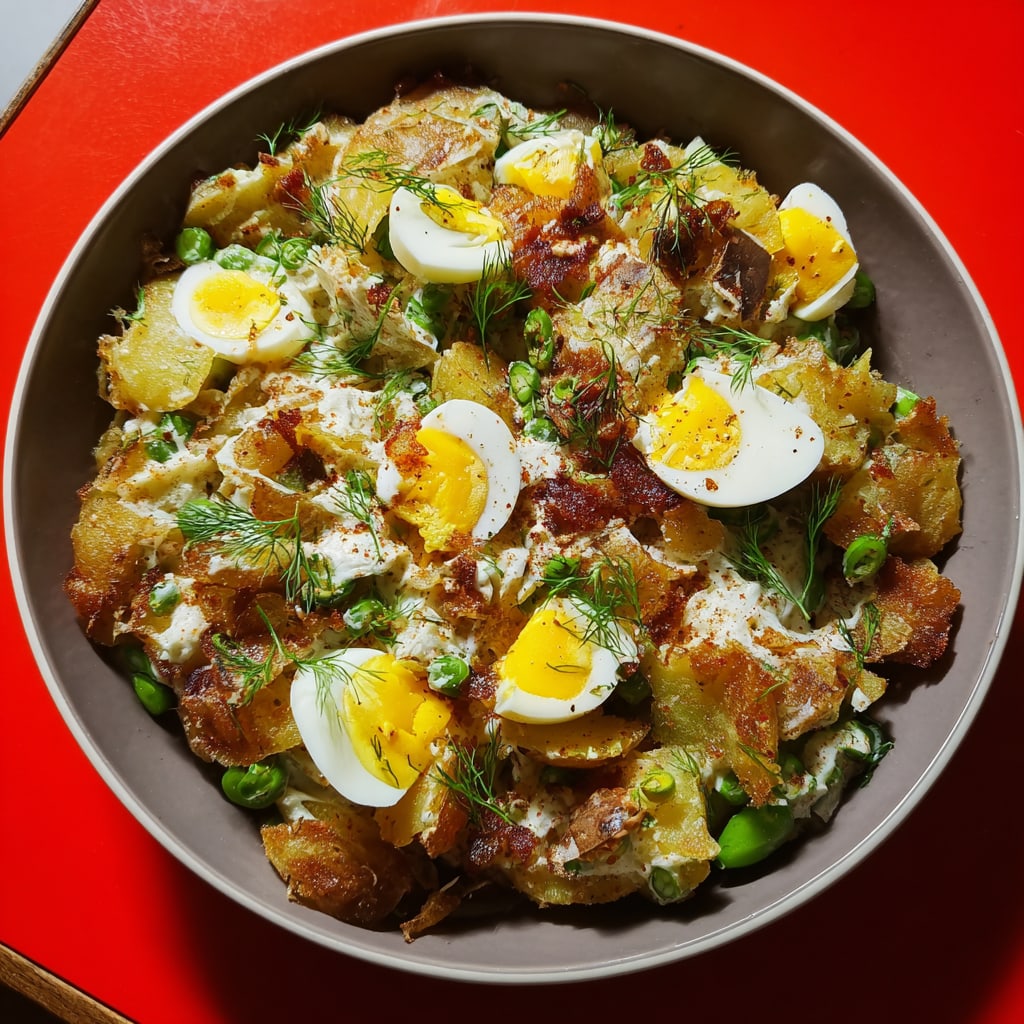Imagine sinking your fork into a vibrant bowl filled with creamy roasted sweet potatoes, crispy chickpeas, and fresh vegetables, all drizzled with a velvety, aromatic Thai peanut sauce that ties everything together in perfect harmony. The Thai Peanut Sweet Potato Buddha Bowl is a nourishing powerhouse that brings together the comforting warmth of roasted vegetables with the bold, complex flavors of Thai cuisine. This colorful plant-based meal delivers a satisfying balance of sweet, spicy, and savory notes that will transform your ordinary lunch or dinner into an extraordinary culinary experience. You’ll learn how to create this nutritious bowl with minimal effort while maximizing flavor for a meal that’s as Instagram-worthy as it is delicious.
Why You’ll Love This Recipe
The Thai Peanut Sweet Potato Buddha Bowl isn’t just another healthy recipe—it’s a sensory adventure that keeps you coming back for more. You’ll love the delightful contrast between the soft, caramelized sweet potatoes and the satisfying crunch of the roasted chickpeas. The creamy peanut sauce offers a perfect balance of tangy lime, sweet honey (or maple syrup), and aromatic ginger that transforms simple ingredients into something truly special.
This Buddha bowl is incredibly versatile—perfect for meal prep, since the components can be prepared ahead of time and assembled when you’re ready to eat. It’s also endlessly customizable based on what vegetables you have on hand, making it a perfect clean-out-the-fridge meal at the end of the week.
For busy individuals seeking nutrient-dense meals, this sweet potato Buddha bowl with Thai peanut sauce checks all the boxes: it’s high in fiber, packed with plant-based protein, and loaded with vitamins and minerals. The layers of texture and flavor create a deeply satisfying meal that proves healthy eating can be genuinely exciting and crave-worthy.
Ingredients
For the Buddha Bowl:
- 2 medium sweet potatoes (about 1.5 lbs/680g), peeled and cubed into 3/4-inch pieces
- 1 can (15 oz/425g) chickpeas, drained, rinsed, and patted dry
- 3 tablespoons olive oil, divided
- 1 teaspoon ground cumin
- 1 teaspoon smoked paprika
- 1/2 teaspoon salt
- 1/4 teaspoon black pepper
- 4 cups baby spinach or mixed greens
- 1 red bell pepper, thinly sliced
- 1 cup shredded purple cabbage
- 1 medium cucumber, sliced
- 1/4 cup chopped cilantro
- 3 tablespoons chopped roasted peanuts
For the Thai Peanut Sauce:
- 1/3 cup natural creamy peanut butter
- 2 tablespoons low-sodium soy sauce (or tamari for gluten-free)
- 2 tablespoons lime juice (about 1 medium lime)
- 1 tablespoon maple syrup or honey
- 1 tablespoon rice vinegar
- 1 teaspoon grated fresh ginger
- 1 clove garlic, minced
- 2-3 tablespoons warm water to thin
Pro Tips
Achieving the perfect Thai Peanut Sweet Potato Buddha Bowl comes down to mastering a few critical techniques that elevate this dish from good to spectacular.
Perfect Roasting Technique: The key to caramelized sweet potatoes with a crispy exterior and tender interior is to avoid overcrowding your baking sheet. Use two pans if necessary and arrange the sweet potatoes in a single layer with space between pieces. This ensures proper air circulation and prevents steaming, which would make them soggy instead of caramelized.
Chickpea Transformation: For truly crispy chickpeas, thoroughly pat them dry after rinsing and remove any loose skins. Roast them separately from the sweet potatoes during the last 20 minutes of cooking time, as they need less time in the oven. For extra crunch, leave them in the turned-off oven with the door cracked for an additional 10 minutes after roasting.
Perfect Peanut Sauce Consistency: The sauce should be pourable but thick enough to cling to the ingredients. Start with less water than you think you need, then gradually add more until you reach the desired consistency. If your natural peanut butter is particularly thick or dry, you might need additional water. For the smoothest sauce, use room temperature peanut butter and blend all ingredients in a food processor or blender instead of whisking by hand.
Instructions
Step 1: Prepare the Sweet Potatoes and Chickpeas
Preheat your oven to 400°F (200°C) and line two baking sheets with parchment paper. In a large bowl, toss the sweet potato cubes with 2 tablespoons olive oil, ensuring they’re evenly coated. Sprinkle with half the cumin, paprika, salt, and pepper, then spread them in a single layer on one of the prepared baking sheets, making sure not to overcrowd them.
Step 2: Season and Roast the Chickpeas
In the same bowl, toss the dried chickpeas with the remaining tablespoon of olive oil, cumin, paprika, salt, and pepper. Spread them evenly on the second baking sheet. Place both sheets in the oven, with the sweet potatoes on the middle rack and chickpeas on the lower rack.
Step 3: Roast to Perfection
Roast the sweet potatoes for 25-30 minutes, flipping halfway through, until they’re golden and easily pierced with a fork. The chickpeas need about 20-25 minutes until they’re crispy and golden brown. You’ll know they’re done when they make a slight rattling sound when you shake the pan.
Step 4: Prepare the Thai Peanut Sauce
While everything roasts, make your sauce by combining the peanut butter, soy sauce, lime juice, maple syrup or honey, rice vinegar, ginger, and garlic in a bowl. Whisk thoroughly, then add warm water one tablespoon at a time until it reaches a smooth, pourable consistency. Taste and adjust seasoning if needed – you might want more lime juice for acidity or maple syrup for sweetness.
Step 5: Prepare the Fresh Components
While the hot ingredients cool slightly, prepare your fresh vegetables. Wash and dry the greens, slice the bell pepper and cucumber, and shred the cabbage if it’s not already prepared.
Step 6: Assemble Your Buddha Bowls
Start with a bed of greens in each bowl, then arrange the roasted sweet potatoes and chickpeas on top. Add the bell pepper slices, cucumber, and purple cabbage in separate sections. Drizzle generously with the Thai peanut sauce, then sprinkle with chopped cilantro and roasted peanuts for the finishing touch.
Variations
Protein-Packed Version: Transform your Thai peanut Buddha bowl into an even more substantial meal by adding a protein boost. Marinate tofu cubes in a mixture of soy sauce, maple syrup, and lime juice before baking until crispy, or add grilled chicken breast for non-vegetarians. This variation works beautifully for those with higher protein needs or athletes looking for post-workout recovery meals.
Grain-Based Bowl: For additional heartiness and staying power, incorporate a base of cooked quinoa, brown rice, or farro beneath the vegetables. The grains will soak up the delicious peanut sauce and add a pleasant chewy texture to complement the roasted vegetables. This variation makes the bowl even more satisfying and filling for bigger appetites.
Spicy Lover’s Version: Heat enthusiasts can amplify the spice level by adding 1-2 teaspoons of sriracha or sambal oelek to the peanut sauce. Additionally, thinly sliced fresh jalapeños or Thai bird chilies make an excellent garnish for those who enjoy the bright heat of fresh peppers alongside the deeper flavors of the bowl.
Storage and Serving
The Thai Peanut Sweet Potato Buddha Bowl components can be stored separately in airtight containers in the refrigerator for up to 4 days, making it perfect for meal prep. Store the peanut sauce separately in a jar or container for maximum freshness and to prevent other ingredients from becoming soggy. The crispy chickpeas will lose some crunch over time, so consider storing them at room temperature in a paper bag if you plan to eat them within 24 hours.
For serving, warm the sweet potatoes and chickpeas in a 350°F oven for 5-10 minutes or microwave briefly before assembling your bowl. The peanut sauce might thicken in the refrigerator, so whisk in a teaspoon of warm water if needed to restore its pourable consistency.
This bowl makes a stunning centerpiece for a healthy dinner party when served family-style—arrange all components in separate serving bowls and let guests build their own personalized Buddha bowls. For a complete meal, serve alongside summer rolls with a side of extra peanut sauce for dipping, or pair with a light miso soup for a warming starter.
FAQs
Can I make this recipe nut-free?
Yes! Substitute sunflower seed butter for the peanut butter and use toasted sunflower or pumpkin seeds instead of peanuts. The flavor profile will be slightly different but equally delicious.
How can I make this recipe in advance for meal prep?
Roast the sweet potatoes and chickpeas, prepare the sauce, and chop all vegetables up to 3-4 days in advance. Store everything separately and assemble just before eating. For optimal freshness, add the greens and sauce right before serving.
Is this recipe gluten-free?
To make this recipe gluten-free, simply use tamari or certified gluten-free soy sauce in the peanut sauce. All other ingredients are naturally gluten-free.
Can I use different vegetables based on what’s in season?
Absolutely! Try roasted Brussels sprouts in fall, asparagus in spring, or zucchini in summer. The Thai peanut sauce pairs beautifully with most vegetables.
My peanut sauce separated/is too thick. How do I fix it?
If your sauce separates, simply re-whisk vigorously or blend briefly. If it’s too thick, add warm water one teaspoon at a time until desired consistency is reached. If it’s too thin, add a bit more peanut butter.
Conclusion
This Thai Peanut Sweet Potato Buddha Bowl is comfort food at its finest — nourishing, vibrant, and bursting with a harmonious blend of textures and flavors that dance on your palate. It’s the kind of dish that proves healthy eating can be both exciting and deeply satisfying, perfect for brightening up weeknight dinners or impressing friends at a casual gathering. The combination of warming roasted vegetables, protein-rich chickpeas, and that irresistible creamy peanut sauce creates a meal that feels both indulgent and virtuous. Whether you’re a seasoned plant-based eater or just looking to incorporate more colorful, nutritious meals into your routine, this Buddha bowl delivers on all fronts.
Print
Thai Peanut Sweet Potato Buddha Bowl
Description
Thai Peanut Sweet Potato Buddha Bowl: Savor a wholesome blend of roasted sweet potatoes, crunchy veggies, and quinoa
Ingredients
- 2 medium sweet potatoes (about 1.5 lbs/680g), peeled and cubed into 3/4-inch pieces
- 1 can (15 oz/425g) chickpeas, drained, rinsed, and patted dry
- 3 tablespoons olive oil, divided
- 1 teaspoon ground cumin
- 1 teaspoon smoked paprika
- 1/2 teaspoon salt
- 1/4 teaspoon black pepper
- 4 cups baby spinach or mixed greens
- 1 red bell pepper, thinly sliced
- 1 cup shredded purple cabbage
- 1 medium cucumber, sliced
- 1/4 cup chopped cilantro
- 3 tablespoons chopped roasted peanuts
- 1/3 cup natural creamy peanut butter
- 2 tablespoons low-sodium soy sauce (or tamari for gluten-free)
- 2 tablespoons lime juice (about 1 medium lime)
- 1 tablespoon maple syrup or honey
- 1 tablespoon rice vinegar
- 1 teaspoon grated fresh ginger
- 1 clove garlic, minced
- 2–3 tablespoons warm water to thin
Instructions
- Preheat oven to 400°F (200°C) and line two baking sheets with parchment paper. Toss sweet potato cubes with 2 tablespoons olive oil and half the spices, then spread on one baking sheet.
- Toss dried chickpeas with remaining olive oil and spices. Spread on the second baking sheet.
- Roast sweet potatoes for 25-30 minutes, flipping halfway. Roast chickpeas for 20-25 minutes until crispy and golden brown.
- Make the peanut sauce by whisking together peanut butter, soy sauce, lime juice, maple syrup, rice vinegar, ginger, and garlic. Add warm water gradually until sauce reaches desired consistency.
- Prepare fresh vegetables: wash greens, slice bell pepper and cucumber, and shred cabbage if needed.
- Assemble bowls with a base of greens, followed by roasted sweet potatoes, chickpeas, and fresh vegetables arranged in sections.
- Drizzle with Thai peanut sauce and garnish with cilantro and chopped peanuts.








